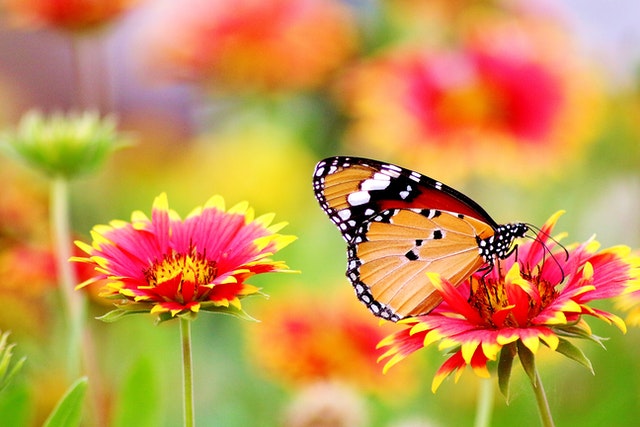One of the best ways to provide for your household is by starting a garden. When you have your own garden, you have total control over the nutrients entering your body. You don’t have to worry about pesticides or other harmful ingredients. What deters many people from starting their own garden is the work it requires. However, when you get the hang of learning how to maintain a fruitful garden, it’ll feel like second nature.
1. Know What You’d Like to Grow
When you’re starting an outdoor garden, it’s best to consider the outdoor elements. The climate, water and temperatures will definitely impact what you’re able to harvest. What grows well in Texas might not grow well in Maine. Knowing this, do your research to find out what gardeners typically plant in your area. Visit a few farmer’s markets to talk to farmers and gardeners to get some tips on what to grow. Your time is precious, and it doesn’t make sense to put tons of effort into trying to grow mangoes when you live in a state like Pennsylvania.
2. Prepare the Soil
Once you’ve set barriers and created room for all of the crops you plan to harvest, it’s important to prepare the soil. One part of the preparation involves testing the pH level of the soil. There are three types of soil: alkaline, acidic and neutral. Typically, it’s best to plant most produce in soil that’s neutral. When you purchase your garden tools and other materials, purchase an at-home test that tells you the pH level of your soil.
3. Make Room for What You’ll Grow
In order to adequately grow, all your crops need enough room. Based on the amount of space you have in your backyard, map out where everything will grow. When you’re planting the seeds, you might think to plant everything right next to each other. Instead, pull out a ruler or a measuring stick in order to give yourself a certain amount of space per crop. If you’re growing cabbage, give each seed at least 12 to 24 inches of space to grow. When cabbage fully matures, the leaves are humongous. Just be sure to measure adequate space for all of the plants.
When you’re mapping out your garden beds, make them in grids. Grids make it easier for you to tend to the garden in the future. Grids allow you to walk through the garden, water the different crops and closely care for any issues. Some people like the ease of raised beds. Others like the beds that are on the ground. In most cases, it’s a matter of preference.
As you make room for each crop, factor in the protection aspect. You’ll need to create a fence or a barrier to protect your plants from various birds and animals. Consider the animals you typically see in your area. Between rabbits, deer and birds, your thriving produce can disappear quickly. In addition to making room for the garden to grow, remember to install barriers to protect the harvest from hungry animals.
4. Follow Instructions for Each Plant Type
Once you visit the gardening stores and purchase the desired seeds, be sure to follow the instructions that are provided. Don’t try to improvise as this is one of the easiest ways to ruin your crops. Be mindful of how much the instructions say to water certain plants. Be mindful of the fertilizer certain crops need as well. You will also want to make sure that you read the instructions before planting anything. For example, when you are preparing hemp seeds for growing in your backyard, you will want to plan it out beforehand and get the best quality you can find.
If you’re ever in doubt and you’ve purchased seeds online, just go to the F.A.Qs section of the site or contact the customer service department. The same sentiment holds true if you purchase your seeds in a physical store. Each day, make it a point to check on your plants, make notes of when to water them and remove weeds if you see them. When you’re beginning the process, it can be time-consuming. However, as you become more experienced, it’ll be easier to spot concerns and treat them accordingly.
Conclusion
Don’t be afraid to try new things and experiment with your garden. As you add new crops and try new types of produce, you might be surprised by what you can do. To up the ante, consider starting an indoor garden at some point. Indoor gardens provide more flexibility regarding what you can plant because you don’t have the outdoor elements to contend with. The ideas and possibilities are limitless with gardening, so enjoy the journey.


